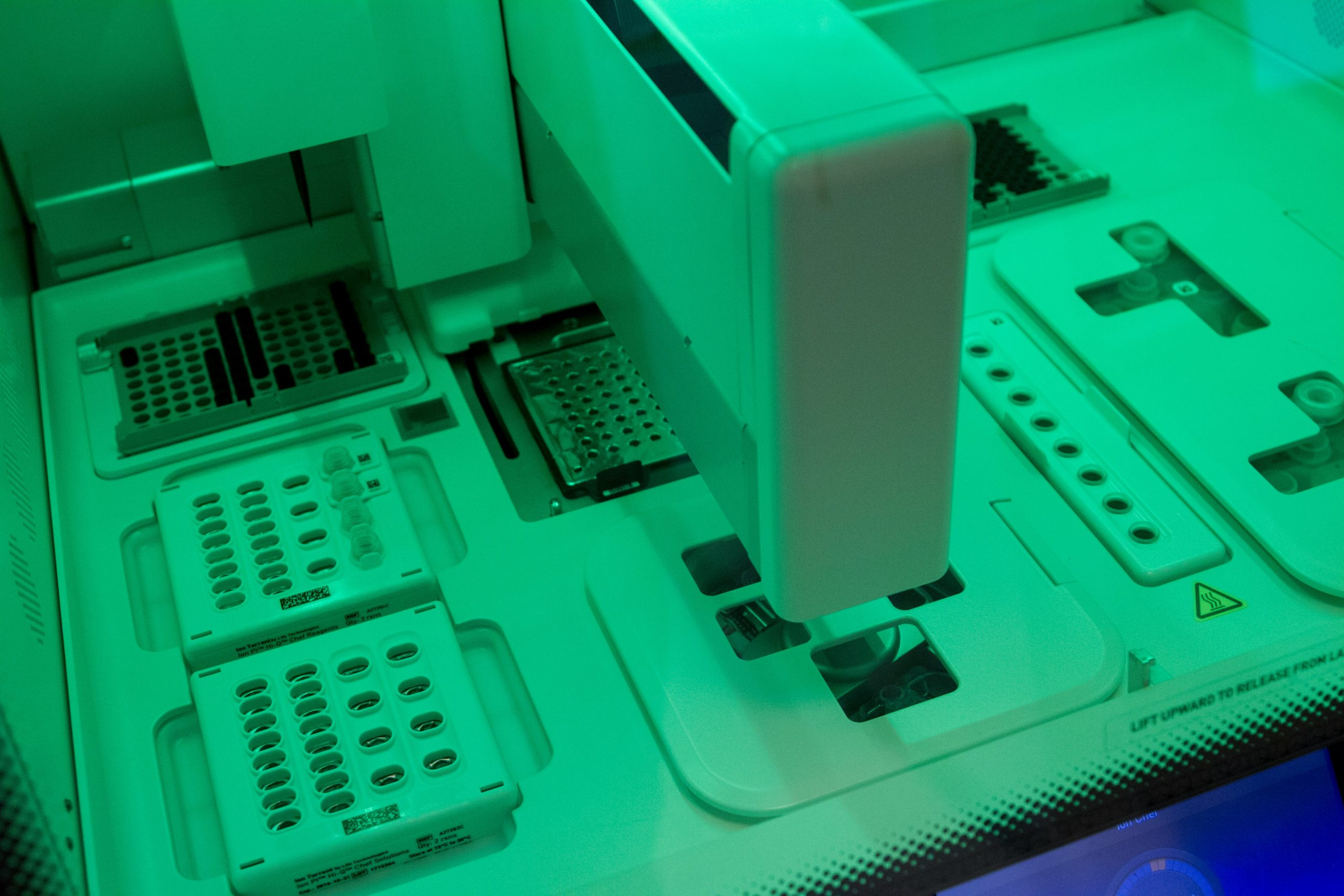Lab-Grown Diamonds: Luxury’s Ethical Facelift
Diamonds have long been considered a symbol of luxury and wealth. However, the sourcing and production of natural diamonds have raised ethical concerns, including human rights violations and environmental damage. As a result, the rise of lab-grown diamonds is disrupting the traditional diamond industry, offering a more sustainable and ethical alternative. In this article, we will dive into the world of lab-grown diamonds and explore how they are shaping the future of luxury as we know it – providing a facelift for the industry’s ethics.
The Rise of Lab-Grown Diamonds
Lab-grown diamonds, also known as cultured diamonds or synthetic diamonds, are created in a laboratory setting rather than being mined from the earth. This technology has been around since the 1950s, but it has only gained significant traction in recent years.
One of the main reasons for the rising popularity of lab-grown diamonds is the increased transparency and ethical standards in the production process. Unlike natural diamonds, which often go through a long and complex supply chain with multiple intermediaries, lab-grown diamonds are produced in a controlled environment, ensuring that all steps adhere to ethical practices. This makes it easier for consumers to trace the origin of their diamonds and trust that they are ethically and sustainably sourced.
A More Sustainable Choice
Unlike natural diamonds, lab-grown diamonds do not require mining, which can have a devastating impact on the environment. The extraction of natural diamonds involves blasting of rocks and excavation of large quantities of earth, causing soil erosion, deforestation, and water pollution. Additionally, the mining process can lead to the displacement and exploitation of local communities.
In contrast, lab-grown diamonds have a significantly lower environmental footprint. They use less energy and water and produce fewer greenhouse gas emissions compared to their natural counterparts. Moreover, the controlled production process ensures that the environmental impact is minimal and the carbon footprint is significantly lower.
The Ethical Choice
The diamond industry has long been plagued with ethical concerns, including human rights abuses and exploitation. In countries like Sierra Leone and the Democratic Republic of Congo, diamond mining has fueled civil wars and funded rebel groups, resulting in immense human suffering. The Kimberley Process Certification Scheme (KPCS), established in 2003, aimed to address these issues by certifying that diamonds are not mined in war zones. However, the scheme has been criticized for not being robust enough and allowing loopholes for conflict diamonds to enter the market.
On the other hand, lab-grown diamonds have a more ethical supply chain as they are produced in a controlled and regulated environment. This eliminates the risk of conflict diamonds entering the market and ensures fair labor practices. Additionally, with lab-grown diamonds, there is no risk of exploitation or human rights abuses, making them a more ethical choice for consumers.
The Impact on the Luxury Industry
Given the increasing demand for sustainable and ethical products, the rise of lab-grown diamonds is a game-changer for the luxury industry. Luxury brands have started to recognize the potential of lab-grown diamonds and are incorporating them into their designs. For instance, iconic jewelry brand Tiffany & Co. recently launched its first-ever collection featuring lab-grown diamonds, showcasing its commitment to sustainability and ethical practices.
Moreover, the entry of lab-grown diamonds into the market is putting pressure on natural diamond producers to improve their ethical and sustainability standards. The diamond industry, which has been dominated by a handful of companies, is now witnessing increased competition from new players in the lab-grown diamond industry. This could lead to a shift towards more ethical and sustainable practices in the industry as a whole.
The Future is Bright for Lab-Grown Diamonds
The future is promising for lab-grown diamonds. The market for lab-grown diamonds is expected to grow to $28 billion by 2023, reaching 10% of the total diamond market. With increased consumer awareness and a growing demand for sustainable and ethical products, the rise of lab-grown diamonds is set to continue.
From a luxury perspective, lab-grown diamonds are equally as beautiful and durable as natural diamonds, with the added advantage of being a more ethical choice. As consumers become more conscious of their purchasing decisions, it is clear that lab-grown diamonds will play a significant role in shaping the future of luxury, providing a much-needed ethical facelift to the industry.
In Conclusion
The rise of lab-grown diamonds is not just a trend; it is a sustainable and ethical solution to the problems faced by the traditional diamond industry. With a lower environmental footprint and a more transparent and ethical supply chain, lab-grown diamonds offer a brighter and more sustainable future for the luxury sector. As consumers become increasingly socially and environmentally conscious, it is evident that lab-grown diamonds will continue to make their mark, reshaping the industry for the better.











